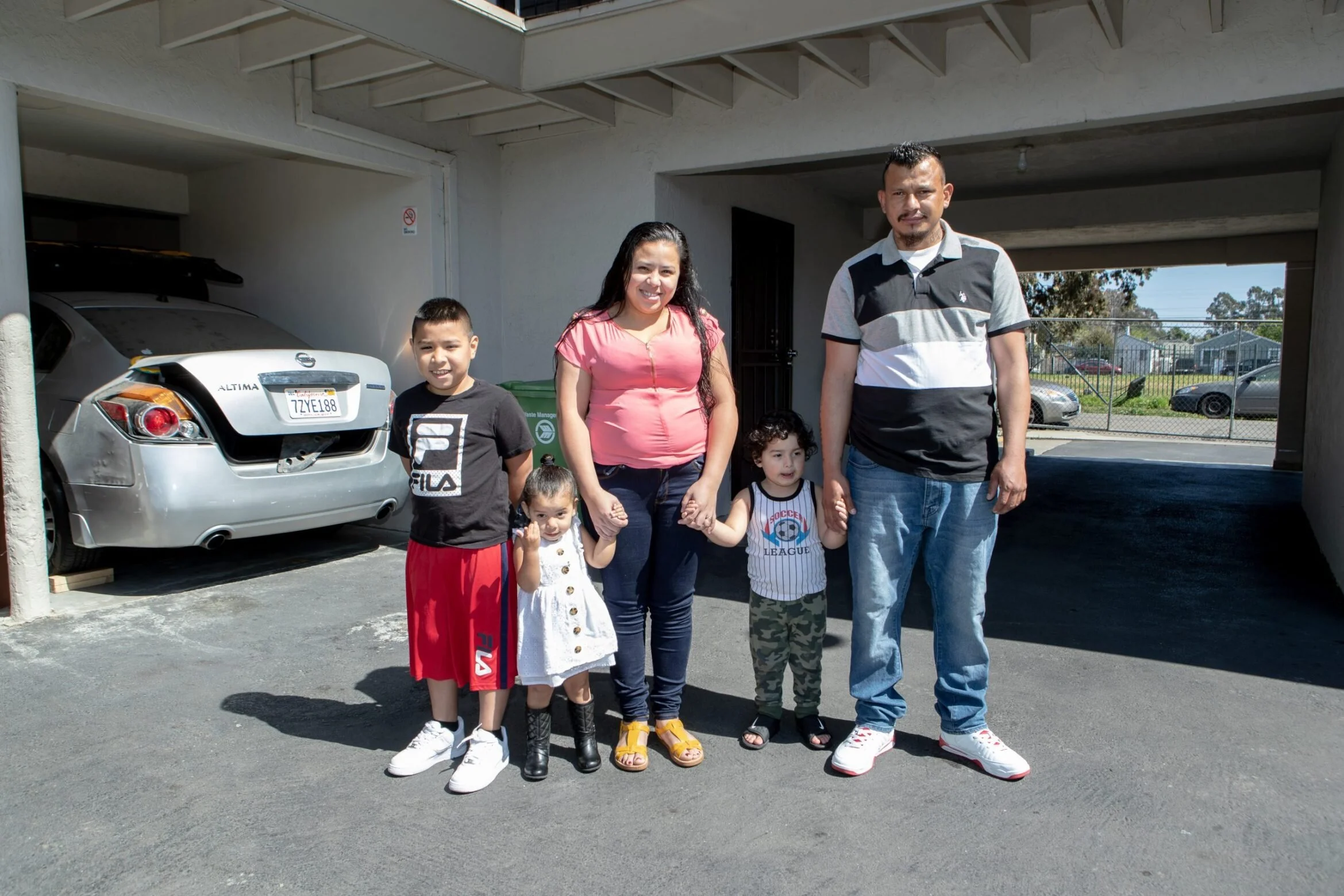As the coronavirus drives students apart, one college devises a course to keep them together
As the coronavirus drives students apart, one college devises a course to keep them together
by Amy Bass, The Hechinger Report, July 6, 2020
Our last in-person class took place on March 4, a few hours before the campus emptied for what we thought would be Spring Break.
The lesson featured two art historians, a microbiologist, a writing specialist, the library director and me, a historian in sports studies. It became clear that we understood the rapidly unfolding scenario of the coronavirus better when we talked about it together, offering input from our own disciplines and perspectives, creating new knowledge that could not exist without the others.
We wanted to share our passion for the liberal arts and what it can do when the community gives it the time and space it deserves.
That’s how the idea for a multi-faculty, interdisciplinary summer course for first-year students emerged. We start teaching “Manhattanville Together … at a Distance: Coming Together as a Community in the Age of Covid-19” on July 6 to 96 incoming first-years.
Incoming first-year students missed out on community when the coronavirus canceled their high-school graduation ceremonies, proms and chances to say goodbye to their favorite teachers. Online or off, colleges need to help these students form new communities.
We created this course to help make that a reality.
We saw the course as a sort of love letter to the Class of 2024. We knew it would need to be free, pass/fail and worth two credits.
After sketching out what the course could look like — online, short, pre-recorded modules of faculty in conversation around various topics, accompanied by live, weekly discussion sessions and some kind of short assignment — we put out a call to our colleagues: Did anyone else want to participate?
The work, we acknowledged, would be a labor of love — uncompensated, but an opportunity to come together. To our delight, about a quarter of the college’s faculty — some 30 people — answered the call, raising their hands from the School of Arts & Sciences, the School of Education, the School of Nursing and Healthcare Sciences, the Center for Design Thinking and the Library.
The four-week course showcases the best of us: collaboration, expertise and generosity. Each of the four modules features podcast-style conversations designed to help students understand the ways that different fields look at evidence and draw conclusions, expertly woven together by our talented movie-making colleague in Communication and Media, Michael Castaldo.
The modules cover remarkable ground: Humanity and Natural Disasters; Intersections of Social Media & Science; Pandemics, Inequality and the Environment; and Coping & Caring for our Communities. Along with weekly discussions, we crafted assignments to help students understand their roles in creating what will be the history of this moment.
Each week, students submit a found “artifact” — an image, an object, a news story, a meme — that encompasses both their learning in the course and their personal experience of the coronavirus. As their final project at the end of the course, they will create an artifact of their own, curating the aspects of this situation that we can and should remember.
The artifacts will be part of a permanent online collection of Covid-19 materials in the college’s special collections department of the library. As Lauren Ziarko, archivist and special-collections librarian, reminds us in the first module of the course: “What people will know about the Covid-19 pandemic is what we tell them … Now is the time to document our story.”
“In decades of teaching,” Megan Cifarelli, the course facilitator, shared with the group we assembled, “I’ve never experienced anything like this.”
What Covid-19 may mean for small, private, liberal-arts institutions is grim. More broadly, short of a federal bailout, the millions of people employed by institutions of higher education — never mind the communities that surround them — know they are in precarious situations.
We saw a solution in creating something that would enable incoming students to feel like they are part of an engaged, compassionate and curious campus community, a place to which they wanted to commit.
Indeed, as we created something that would help students make sense of the changes they are witnessing and experiencing at this moment of transition in their lives, we also gave ourselves a raison d’être for what we do: a reminder that work, when motivated by the right reasons, can create a community that is nothing short of spectacular.
This story about communities and the coronavirus was produced by The Hechinger Report, a nonprofit, independent news organization focused on inequality and innovation in education. Sign up here for Hechinger’s newsletter.






